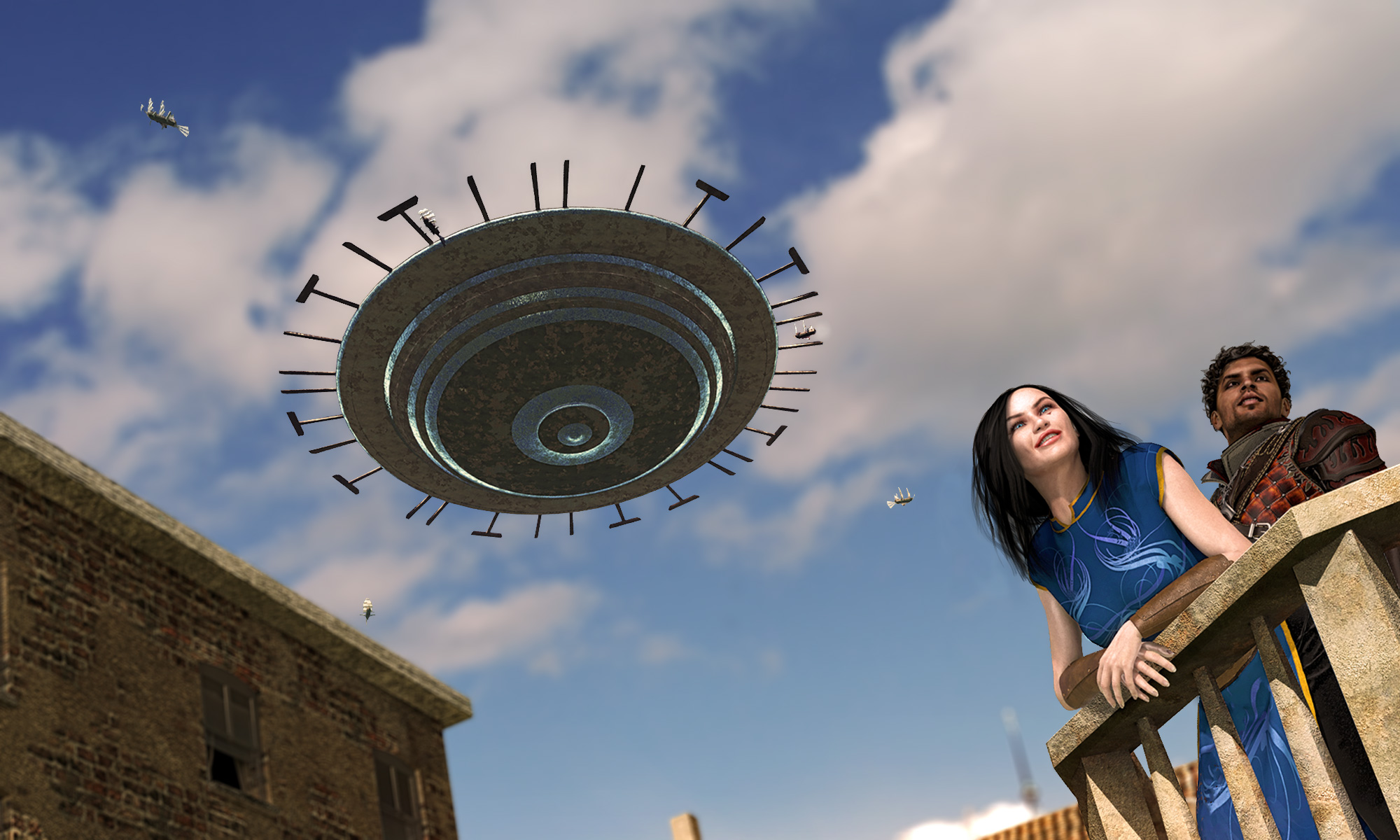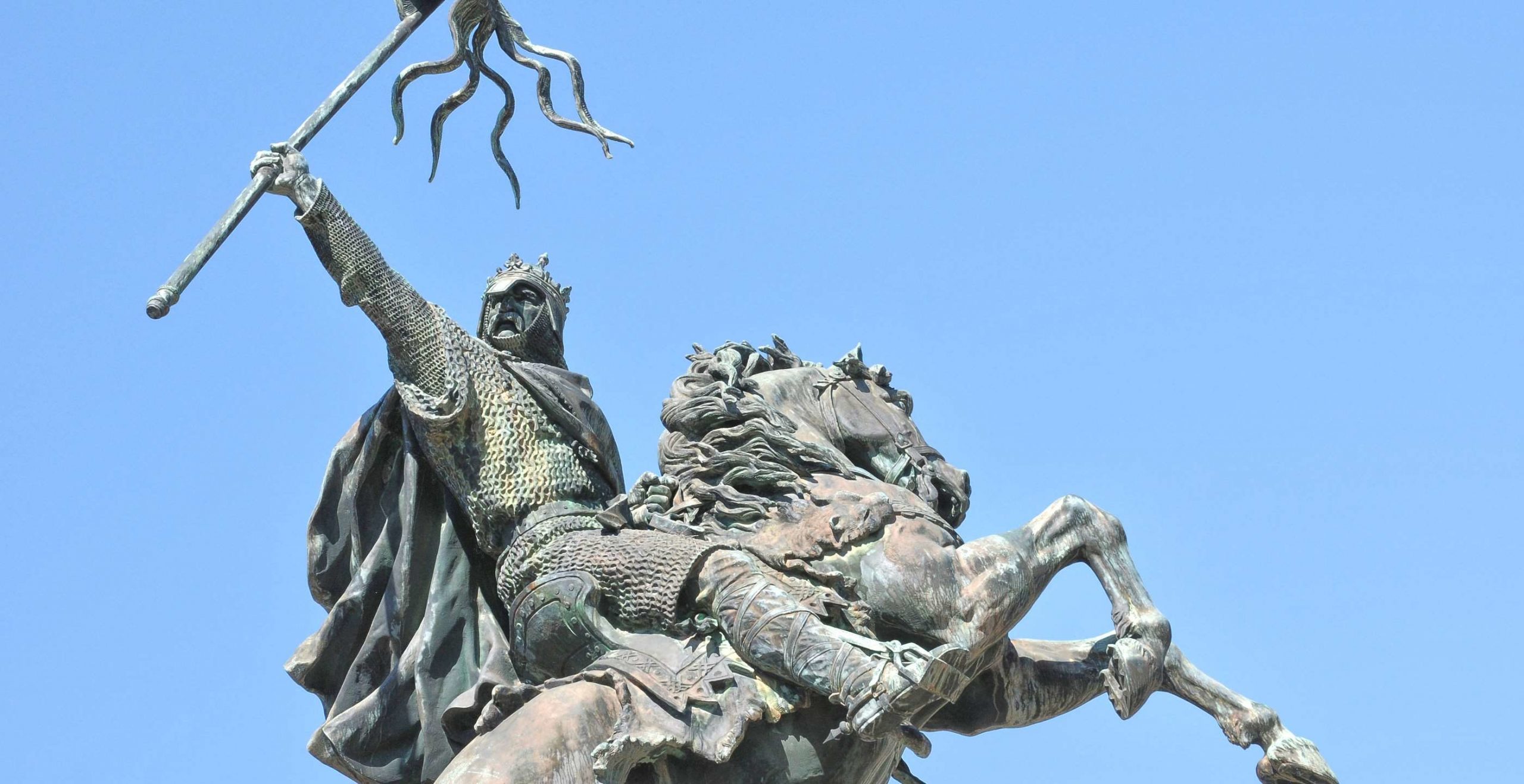
Back in 2016 I wrote this BLOG that I want to revisit a bit due to some recent work. I wanted to start a discussion on combat in 3D environments with a focus on 3 “terrains”: underwater, aerial. and zero g. While there are specific challenges to each of these, they all share 1 specific trait–the ability of characters to maneuver and fight in 3 dimensions. Before I delve into this, a small disclaimer. There is probably rules for each of these in one of the dozens of RM supplements. I don’t have any of them and I’ve read even fewer. I might be going over “old ground”, but for purposes of this blog, we can also discuss how this might work in RMU. I’m not aware of any rules in the new version for 3 dimensional interaction.
Rolemaster combat assumes combat will occur on a hard surface and attacks will come from front, flank and rear (and maybe overhead on occasion). When you add in a third level of coordinates AND the ability of a players to rotate, turn and pivot simultaneously then things can get more interesting. How should this be handled? There might need to be a separate set of rules for each situation, but conceptually they are similar enough that a shared mechanic might be possible.
Underwater. For anyone experienced with snorkeling and/or diving knows that it can take time to feel comfortable with varying degrees of orientation underwater. But with some skill it’s easier to swim upside down, inverted or rotate comfortable and maintain perspective. But non-native swimmers don’t move through liquid easily or quickly. The resistance of water, lack of fins or flippers and encumbrances of clothing and equipment make movement slow, fast weapon attacks extremely difficult and thrown weapons entirely useless. From a pure movement mechanic perspective, perhaps a simple approach is to set a underwater movement rate/rnd and then establish a % of activity from normal baseline. Other rules could be developed around increased damage from vacuum spells, decreased damage from heat/fire etc.
Zero G. In some respects, Zero gravity is the opposite of underwater: inertia, momentum and mass over enhance basic movements and there is no real force except hard objects or force to offset momentum. Not having real life experience in zero gravity it’s hard for me to intuitively model game mechanics. One idea I have is to leave movement rate the same, but require MM roles to maintain orientation, change or stop an action and orientation roles anytime a change occurs.
Aerial. It’s easy to think of aerial combat in terms of our own experience with lift and thrust. Assuming a magical flying mechanism does not require momentum to generate lift, than aerial combat is a combination of underwater and zero g. A bit of limitless rotation and orientation but with two resistance forces: gravity and inertia.
There are really two overarching issues to tackle: environment specific mechanics that effect movement, combat, spells, breathing etc and the resolution of player orientation, attack vector, environmental awareness and perceptual capacity. This last piece feels like it could be dealt with using a simple unifying mechanic.
In my own adventures, Priest-King has a significant amount of underwater adventures, Empire of the Black Dragon has both underwater and zero g and Legends of Shadow World has some zero gravity as well. I generally GM it with a loose hand and the players tend to find fixed “anchors” to launch from, provide protection from some directions and minimize disorientation.
Does anyone have any thoughts or innovations?






![MERP 8106 Assassins of Dol Amroth - [PDF Document]](https://www.rolemasterblog.com/wp-content/uploads/2020/05/image.jpeg)
